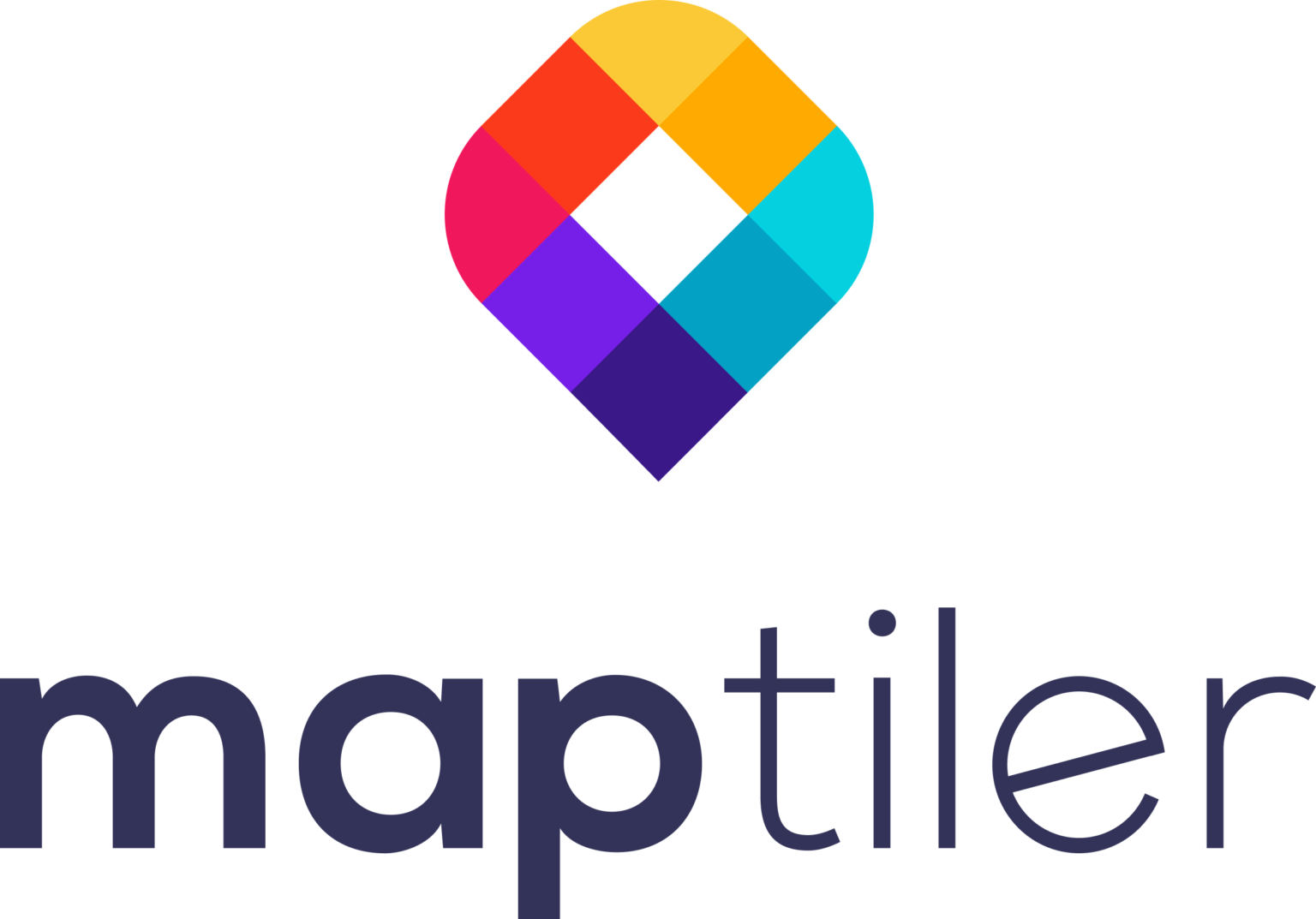The Contribution Of Geospatial In Modern Archeology
This episode is about the use of geospatial technology in archeology. Within archaeology, geospatial work is very valuable. It supports the archeological process right from onsite data capture to post-excavation assessment and data analysis, to the dissemination of that information in a manner that can be easier to consume – less technical audiences are able to more easily consume complex archeological knowledge when it is tied to a powerful graphical representation or a visual, than they would a piece of text about the findings.
About The Guest
Pete Spencer is a freelance geomatics specialist. Working in archaeological and heritage-oriented projects in the UK and internationally, he has experienced what it is like to be a geospatial freelancer in the archelogy field. On this show, he shares some of the skills he has found useful, and his view on the future of geospatial freelancing in archeology.
The Contribution of Geospatial in Modern Archeology
Archeology has a long history of incorporating spatial data within its investigations. Recording the spatial positions of archeological findings formed a core component in how researchers visualized and understood their findings. Today, the use of geospatial in archeology has gone from analog methods of drawing site plans by hand to using modern data capture methods such as LIDAR, multispectral imaging, and 3D imaging.
The shift to modern data capture methods has helped researchers to record archeological information more truthfully. When relying on hand-drawn records, it is impossible to capture everything on a site due to the sheer amount of work involved. Researchers were forced to filter their recordings depending on their knowledge, opinion, and determination of what is important. But with digital capture methods that can record everything, researchers can achieve an unbiased realistic mirror of the actual real world.
Pete sums this up in the following words:
“Geospatial technology allows us (researchers) to move away from primarily a humanity based or qualitative interpretation of archeological sites, and really start pinning quantitative data to scientific or statistical analysis with high confidence rates and minimal errors. And it really just helps pull these interpretations into that realm of science and data and real world value.”
How Is Geospatial Used In Archeology?
Geospatial technology plays an important role in modern archeology. First off, researchers rely on geospatial technology to record accurate location information about an individual archeological object. Nowadays, the DGPS is commonly used to record the locations of important finds and other features or materials as well as archeological contexts that might pertain directly to the understanding and visualization of a site. Additionally, with modern data capture methods, researchers have leveraged geospatial techniques in the following ways:
Achieving a Less Destructive Archeological Process
Excavation of archeological sites, by its very nature is destructive. Digging up and exposing structures, removes stratigraphic context and essentially destroying what is being studied. But with technologies such as Ground penetrating radar that can create very detailed 3D visualizations of subsurface deposits, motion photogrammetry, and laser scanning, researchers can visualize archaeological landscapes or sites in a way that mitigates the need to dig them up.
Capturing information about archeological objects while still in situ helps to preserve contextual information. While in this undisturbed state, a lot of information can be captured not only from the objects themselves but also from the surrounding geological deposits and stratigraphic layers. And even when a site is eventually excavated the researchers can accurately target their interventions – which destroys less archeology, saves time, and reduces costs.
Preserving Archeology for Future Research Works
Creating 3D models helps to preserve digital versions of artifacts or sites that could have been destroyed, making them available to future researchers who could possibly be better equipped with knowledge, investigative technology, or methodology to investigate the sites anew. This was not easily possible using hand-recorded information. Digital records have changed the way researchers view and interact with sites both in real-time and as archival resources.
Sharing Information and Easier Collaboration
Initially, it was difficult for researchers to share information and collaborate on the analysis of archeological findings. They relied on photography, written descriptions, or even at times resorted to the costly and dangerous transportation of the actual physical objects themselves. But nowadays, with 3D printing technology available, researchers can easily capture and share these objects digitally. Creating digital repositories on the internet widens access of these materials to any researcher for their own direct interaction and analysis.
The Implications of Widely Accessible Archeological Information
Nowadays, much of the archeological information is now in the public sphere. Anybody can openly access it, read it, and infer their own ideas and theories from that data. On the great side, this can lead to a massive generation of interest which is really positive. But on the flip side, this could invite discussions and theorize in ways that possibly create structures of knowledge that are flawed or open to bias.
The Use of AI in Archaeology
With more advanced and robust AI systems and extensive training datasets, the use of AI in archeology is booming. AI is useful especially since digital data capture methods capture massive data that makes it inefficient to rely on human operators. On such large datasets, AI helps to remove bias, tiredness, and human error.
How to Be a Geospatial Freelancer in Archeology
The first step is having your technical credentials in order and getting the required permissions. Typically, you will need surveying licenses and drone licenses. You can then start to build your knowledge of how geospatial techniques are applied within the historical environment. However, you do not have to be a freelancer to work in archeology as a geospatial expert. There are a number of large archeological companies that have entire divisions devoted to geomatics.
In freelancing, there is a huge variability in the work. You may be involved in a lot of different things, but not in as much depth or detail as when you are working in a company’s geomatics division. When thinking of getting into archeology and heritage the decision of whether to be a freelancer or a company’s employee is a really important one – because it will greatly determine the type and scale of work you will be involved in.







